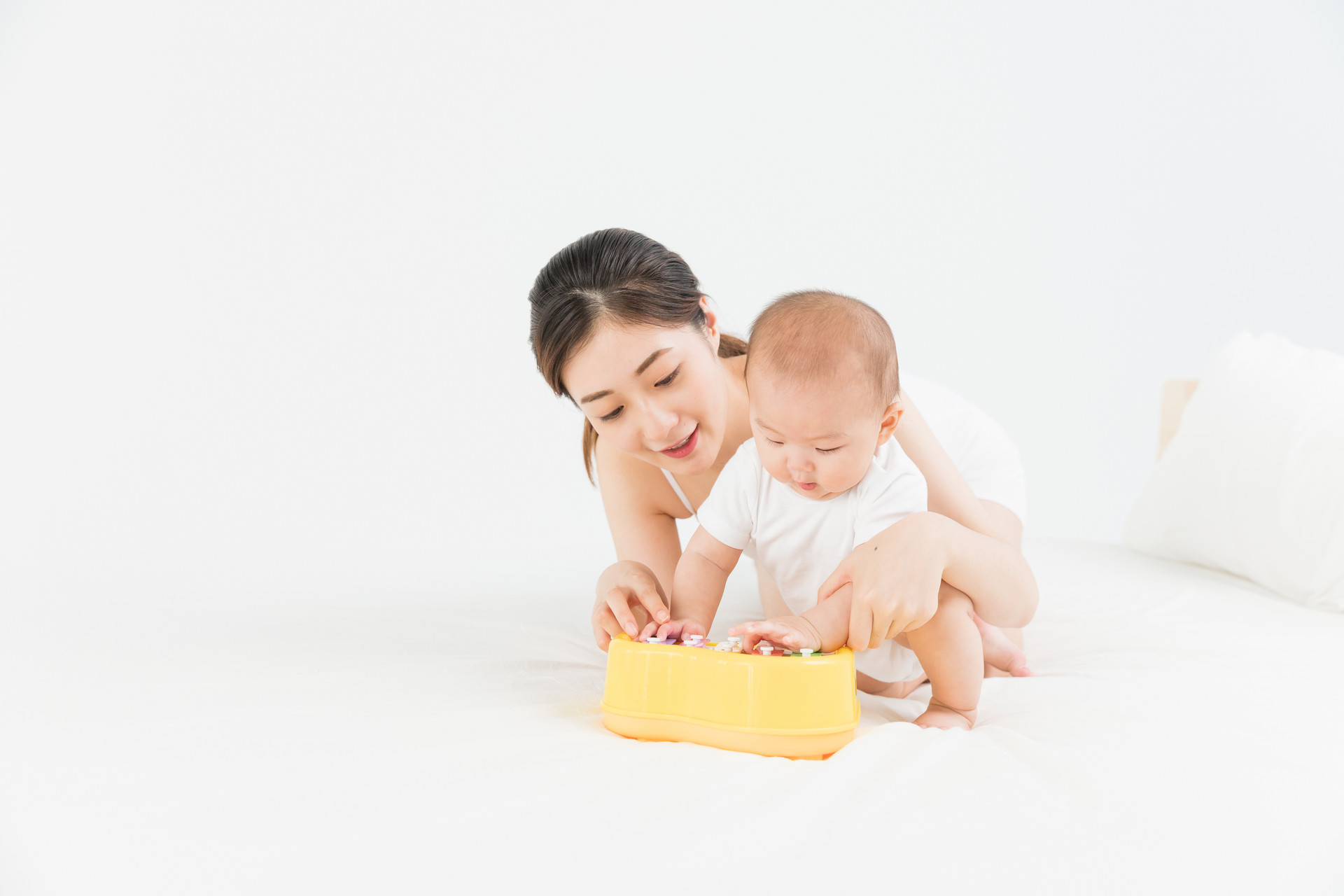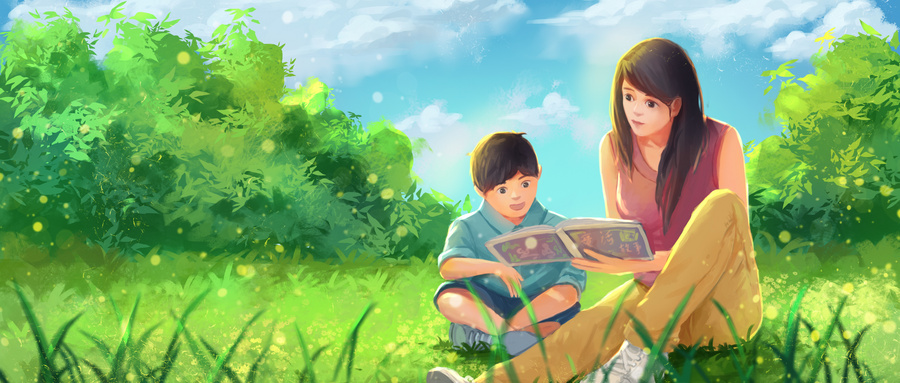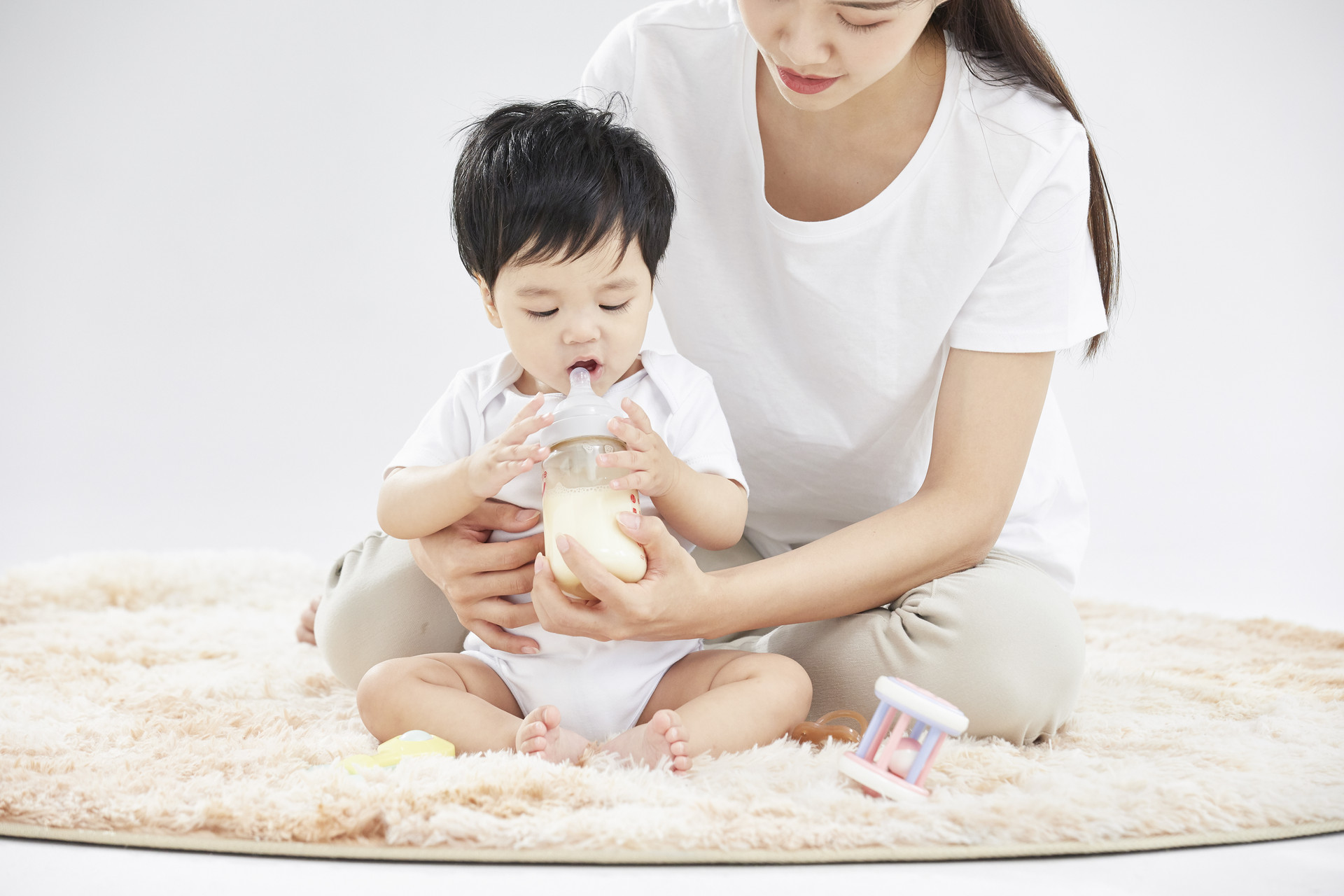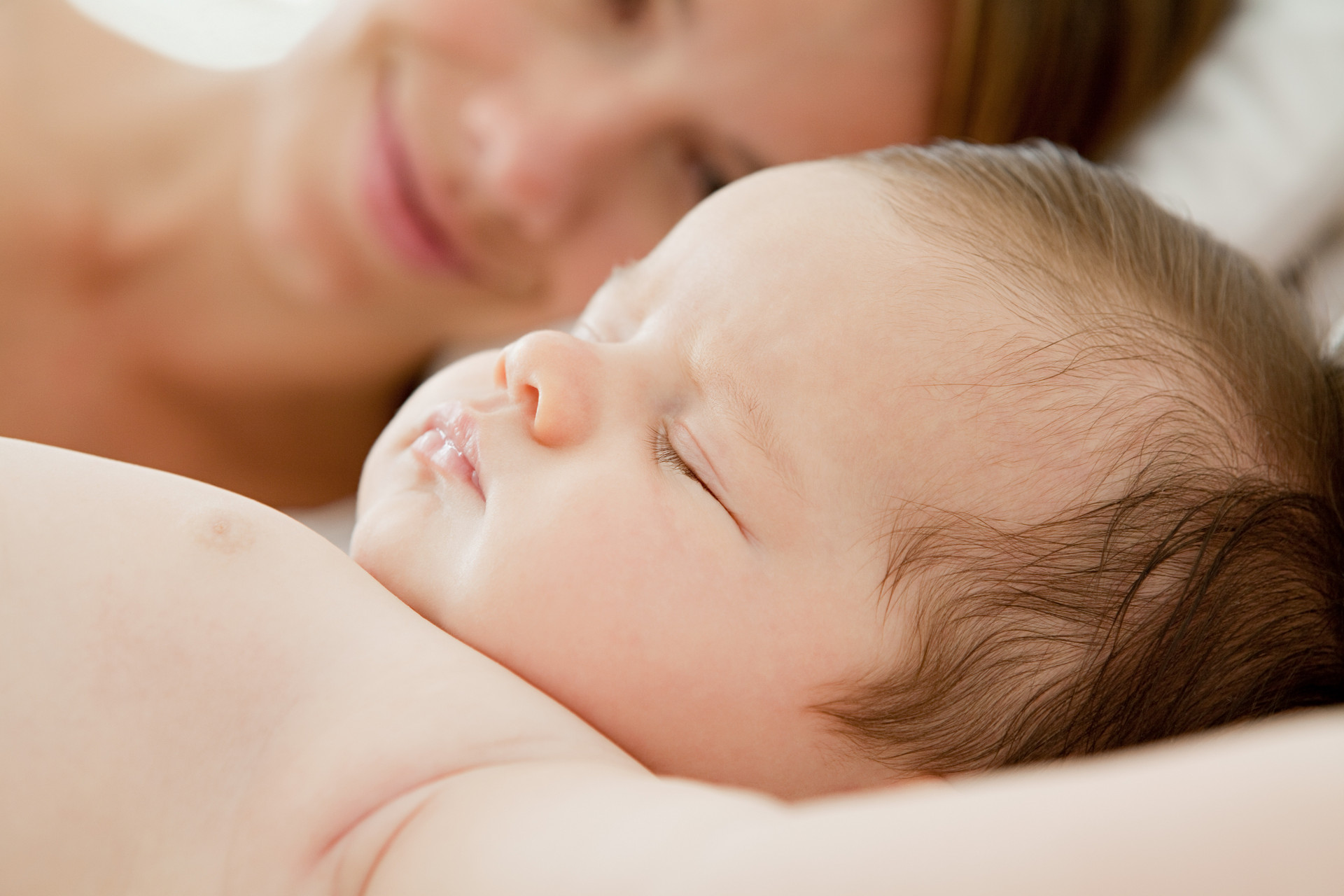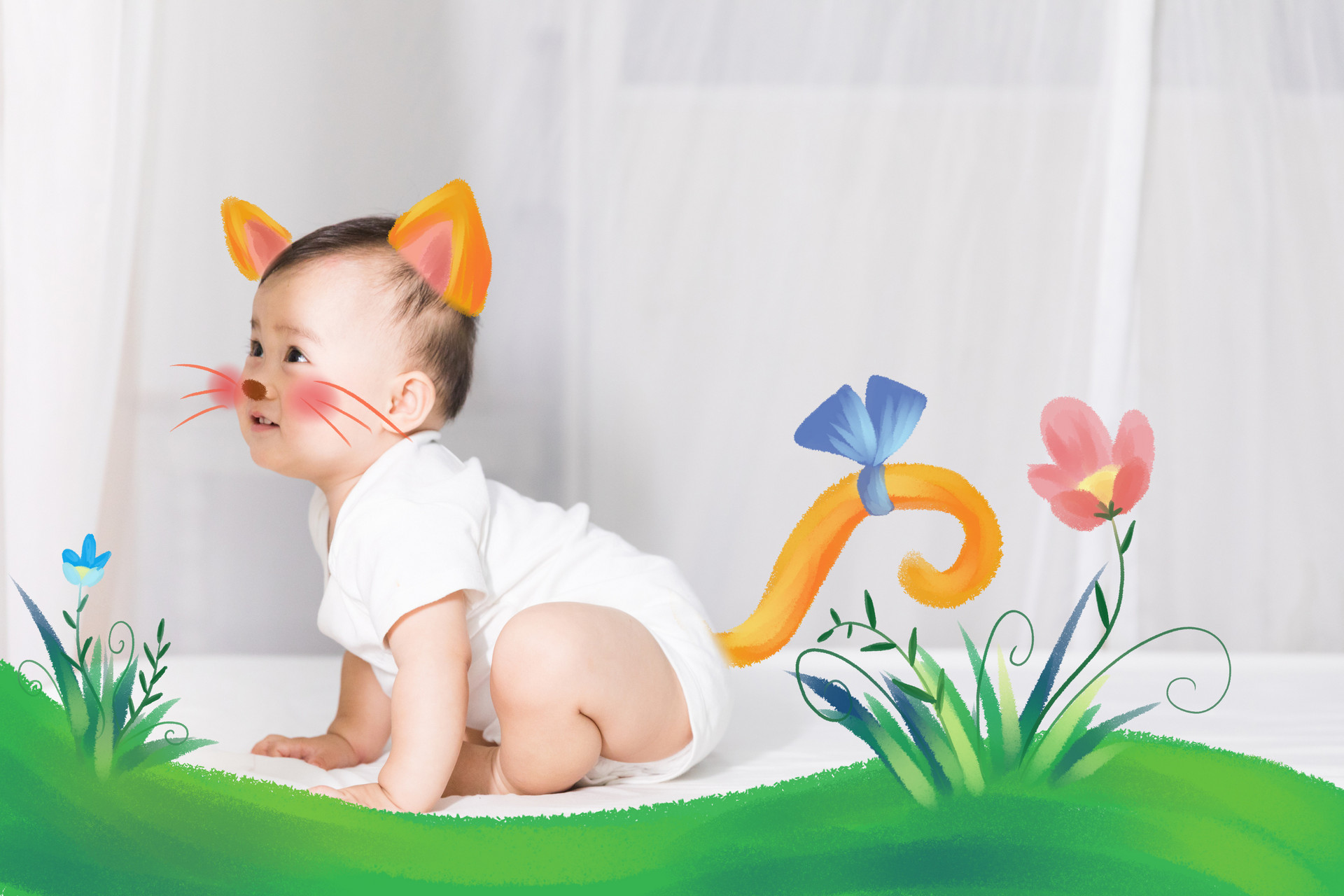What to Pay Attention to When Dressing Your Baby in Winter
In 2014, there were several safety accidents caused by scarves, and a few days ago, there was another accident of a "girl being strangled to death by a scarf while playing on a slide." This once again reminds us that when dressing your baby in winter, in addition to keeping them warm, we should also pay attention to some safety details.
1. Tops
Avoid clothes with strings: It is best not to choose clothes for children with collars and hoods that have strings, to prevent them from strangling the child. If you have already bought such clothes, make sure to tie the strings securely and not let them hang down.
Zippers: Many winter coats and jackets have zippers. When choosing such clothes for your child, it is best to choose ones where the zipper does not go all the way to the top, as it can easily catch your child's chin. Moreover, the zipper touching the chin can feel cold in winter and may scratch your child's chin.
Buttons and decorative buckles: Clothes with buttons and decorative buckles should be securely fastened after purchase to prevent them from falling off and being swallowed by the child.
Cuffs: Clothes with elastic cuffs provide better insulation, but make sure the elastic bands are not too tight, as they can constrict the baby's wrists and affect blood circulation. Some parents like to put on sleeve covers for their babies, and they should also pay attention to the issue of elastic bands.
Length of clothes: If you are worried about your baby getting cold, you can dress them in a coat and pants instead of relying on a long coat to keep their lower body warm. If the clothes are too long, the baby will have difficulty moving and may trip over them and fall.
2. Pants
Length of pants: Pants should not cover the feet, as the baby may trip and fall if they step on them.
Zippers: It is best not to choose pants with zippers for boys, as they may accidentally catch their private parts.
3. Shoes and Socks
Shoe size: Do not dress your baby in shoes that are too small. Shoes that are too small and narrow can tightly enclose the baby's feet, impeding blood circulation and making them susceptible to cold. Do not dress your baby in shoes that are too big either, as they can cause instability while walking and affect their walking posture, especially for babies who have just started to walk.
Sole: Do not buy shoes with hard soles for winter, as they can easily cause slipping on rainy or snowy days. Avoid shoes with plastic soles as well, as plastic becomes hard in low temperatures, which is also unsafe.
Socks: When dressing your baby in socks, make sure the sock opening is not too tight, as tight openings can constrict the baby's ankles and hinder blood flow to the feet, reducing heat and increasing the risk of frostbite.
4. Scarves
Length and thickness: Babies' scarves should not be too thin or too long. Such scarves can strangle the neck and can be uncomfortable for babies as their necks are relatively short. Excessively long scarves can also make babies uncomfortable due to excessive wrapping.
Style: Do not choose scarves with pompoms, small buttons, or other decorations, as they can easily be pulled down by the baby and even be mistakenly swallowed.
Traditional Chinese medicine practitioners remind parents that in cold winter weather, babies wear more clothes. When buying and dressing your baby in clothes, pay attention to these safety details and do not let your baby be harmed by these issues.


